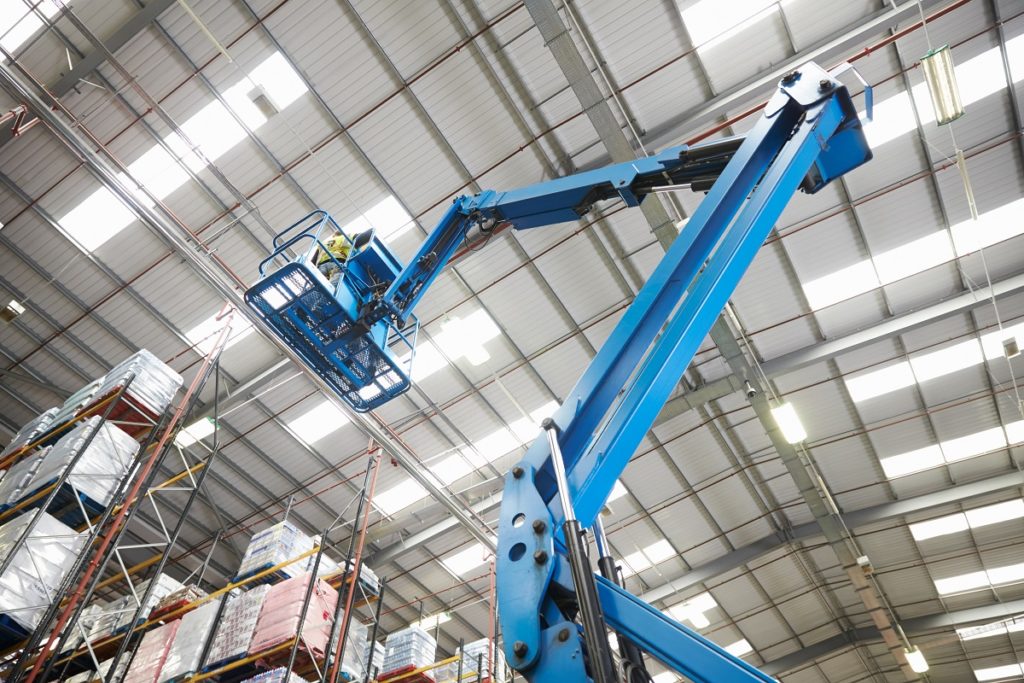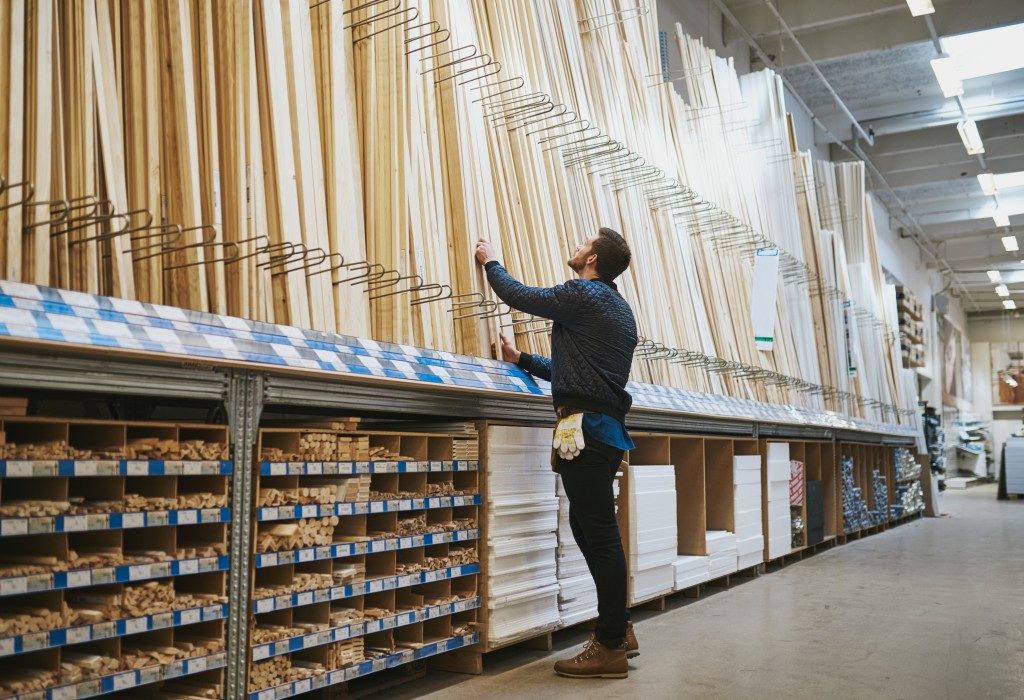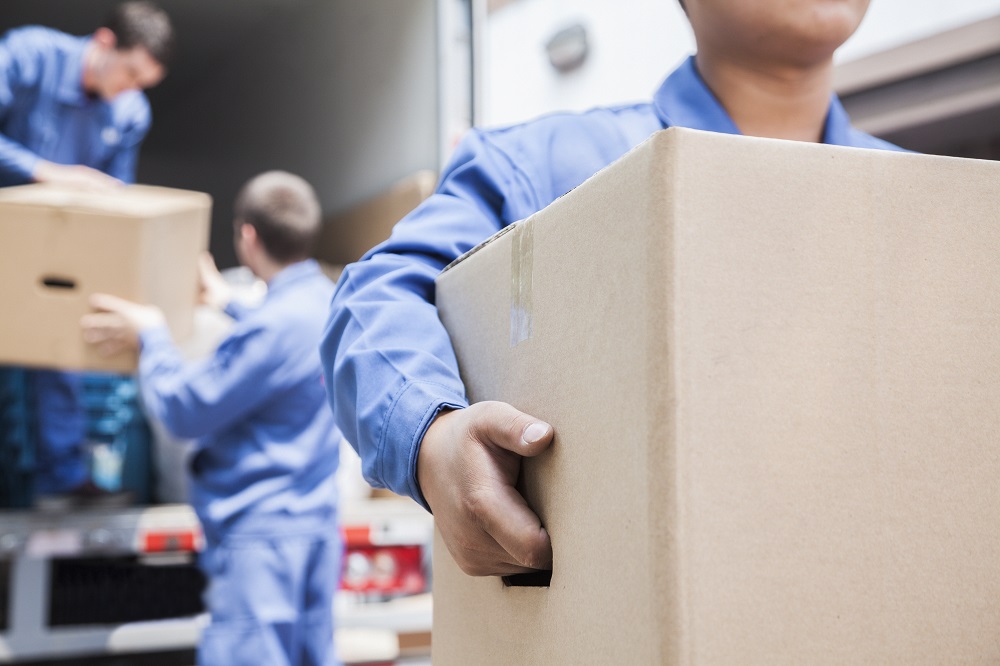Warehouses are one of the core spaces to be found in various industries, keeping essential goods and standing as drop and pick-up points for moving products. Whether it’s retail, food, industrial, or construction, warehouses need to be up and running around the clock, making it more important to use environmentally-friendly and energy-efficient practices and tools. After all, warehouse and storage account for over 429 trillion British thermal units of energy use in the United States.
Here are some things warehouses can incorporate to be more energy-efficient without sacrificing any productivity:
-
Efficient machinery
A lot of equipment is needed for everyday operations to run smoothly. When it comes to looking for a belt, stacker, or order picker for sale, simply making sure that the model is primarily built for energy-efficiency can do a lot to lessen emissions. Doing so can also cut down on costs while still hitting schedules every day. It’s better to take the time to find an equipment provider that puts those into consideration than skip out necessary tools. The cost savings also add up better over time.
-
Green pallets
It’s pretty much unlikely to see a warehouse without pallets, as these are essential parts of reliable storage and transport. The best way to go about acquiring these frequently used goods is to go for recycled components and sustainable materials. Whether one opts for packed paper, plastic, or wood, it is essential to figure out where the supplier sourced them out and how they created them to see how sustainable they are overall. From there, eco-friendly options also often end up extending the usability of items such as pallets.

-
Energy-saving lights
Good lighting is crucial in a warehouse, especially when there is a lot of active movement with workers catering to a multitude of requirements from day to day. A simple solution is to opt for LED lighting throughout the space to ensure that there is proper light distribution and brightness without producing the same harmful but costlier effects of other variations like CFLs. According to the Office of Energy Efficiency & Renewable Energy, LEDs have lesser impacts on air, soil, water, and resources. The energy savings also lower utilities significantly.
-
Good insulation
As with any indoor environment, not only is insulation essential for the comfort of those who have to spend hours inside, but it can also significantly lessen emissions and costs if appropriately applied. Choosing how to go about it would depend on the location of the warehouse since it’s best to go for insulation that works with the climate of the area. There are numerous options from cellulose to vinyl, but it should also work hand in hand with any HVAC systems you have.
-
Proper ventilation
Heat build-up is problematic for efficient energy management, maintaining comfort and productivity for workers, keeping equipment operating efficiently, and extending their working lifespan. That can also make air quality inside safer. Simply making use of fans and clean vents can make a big difference.
With all of these, there’s no reason why warehouses can’t operate successfully without sacrificing sustainability and environmental consciousness.


